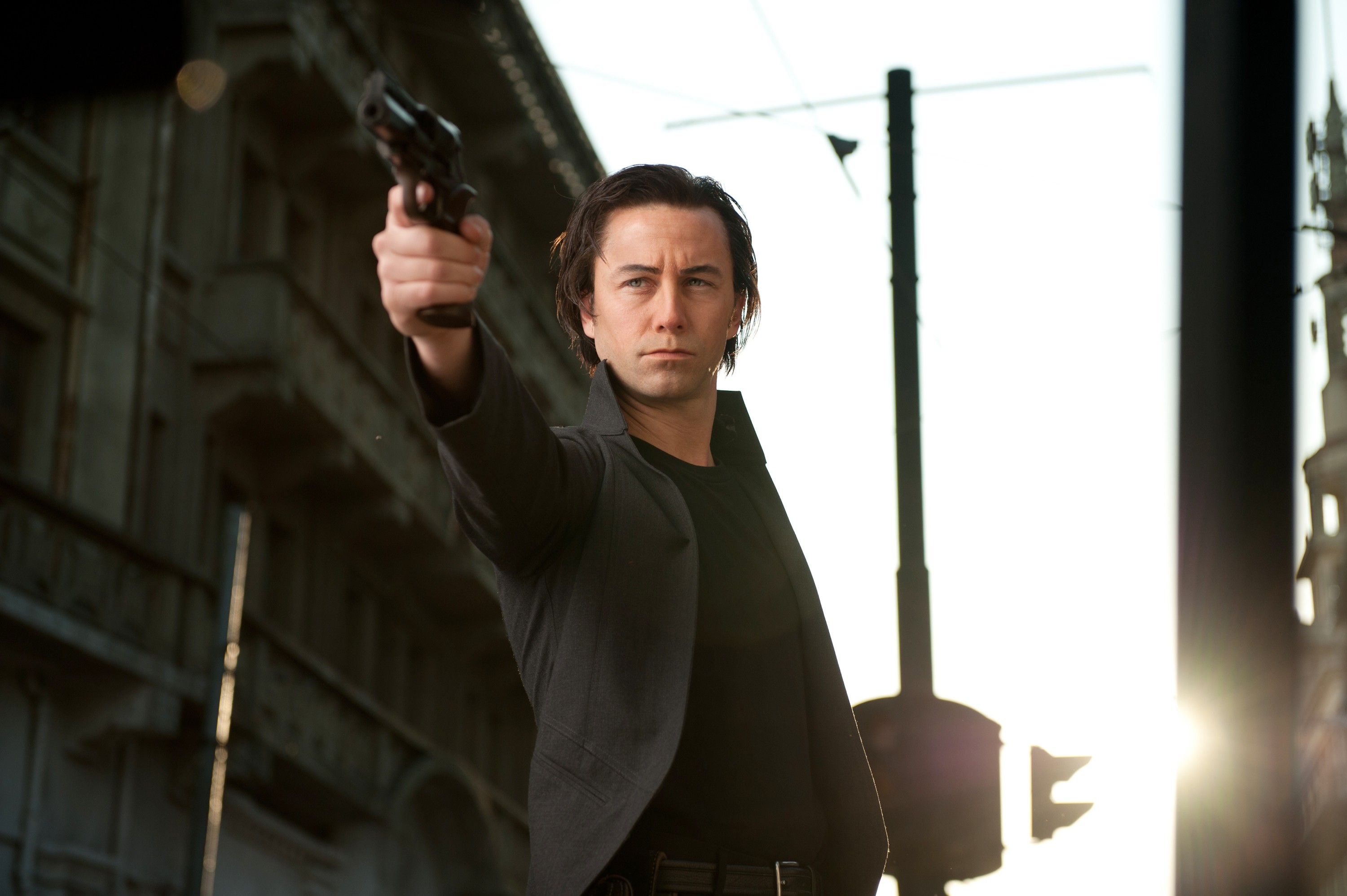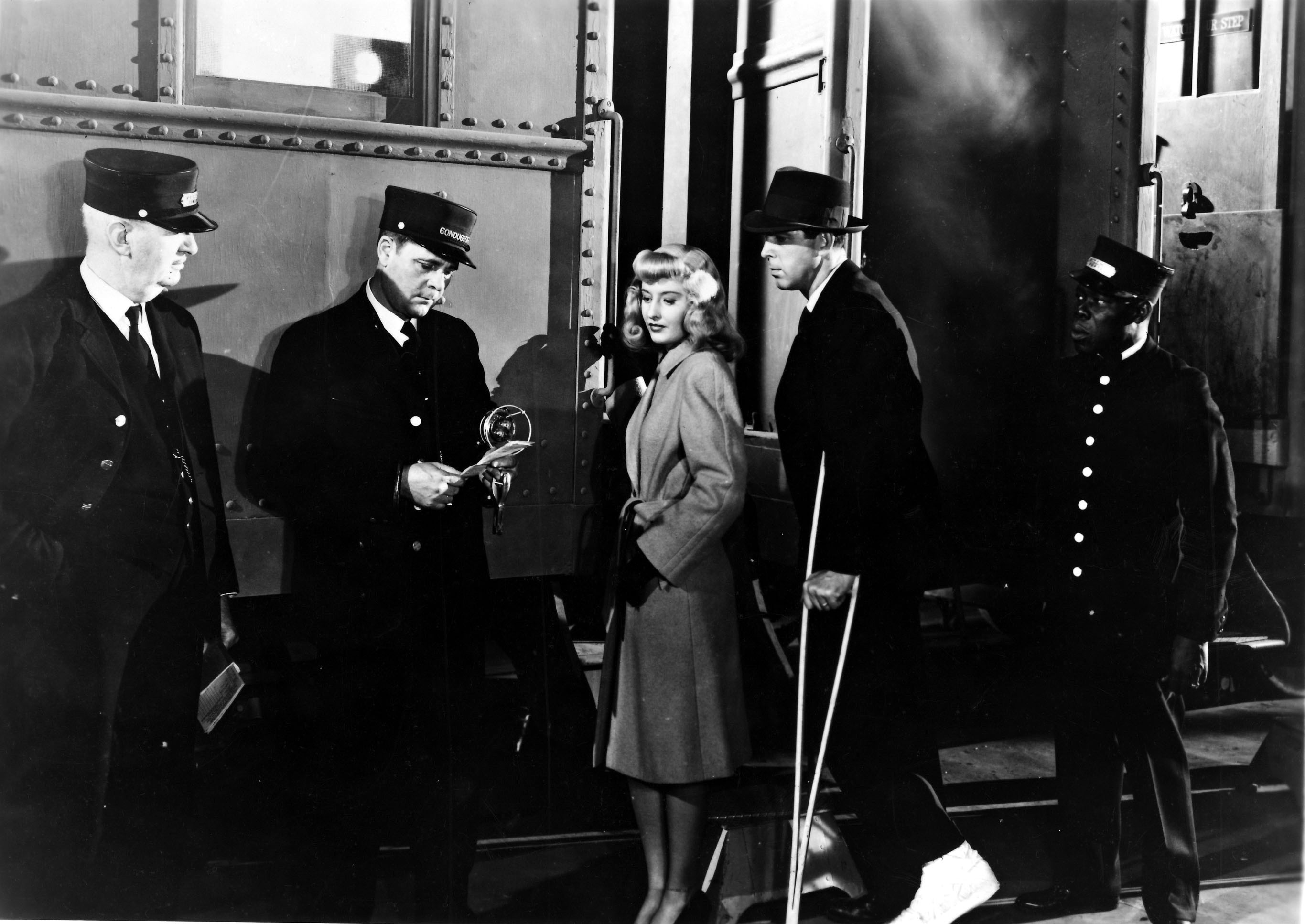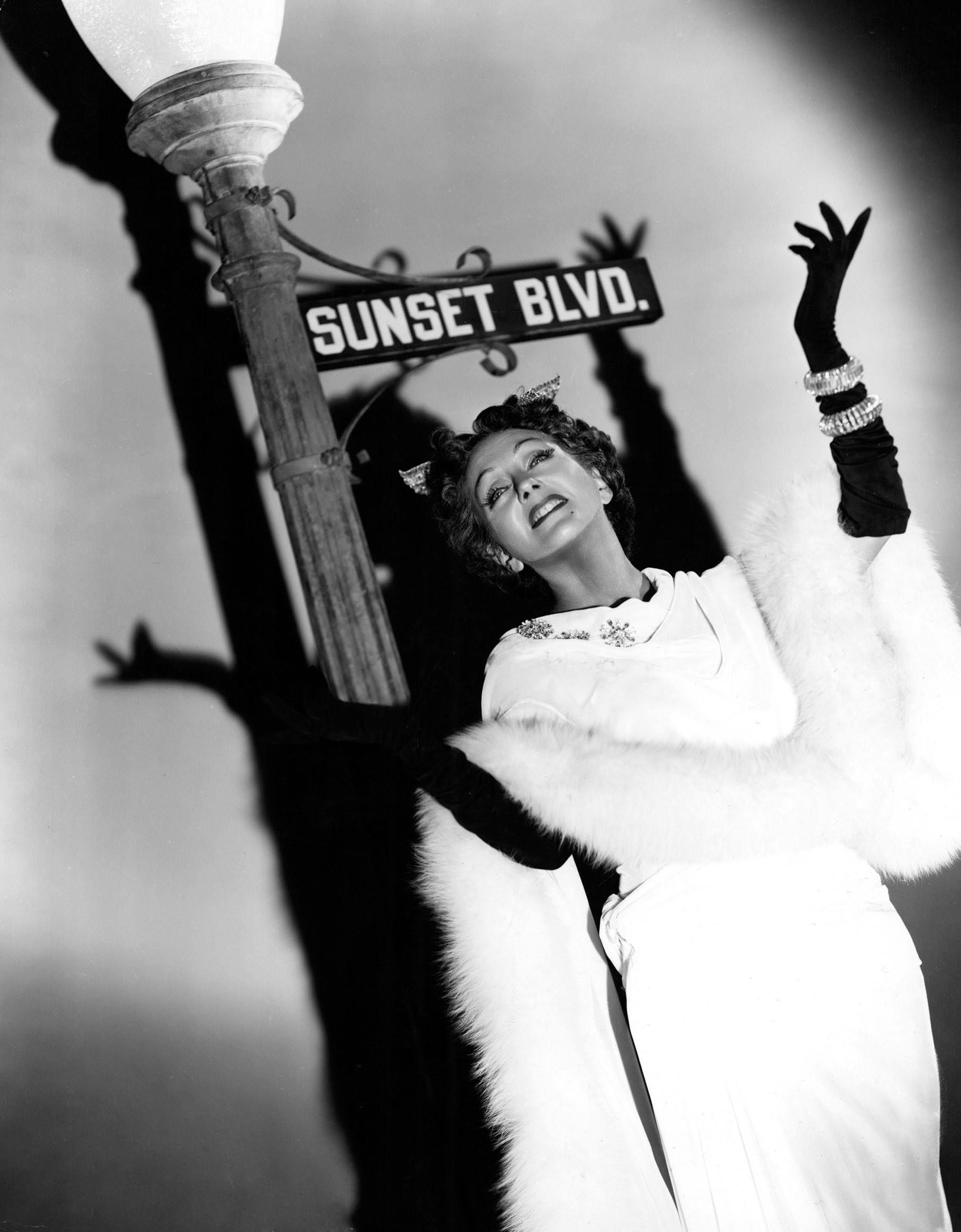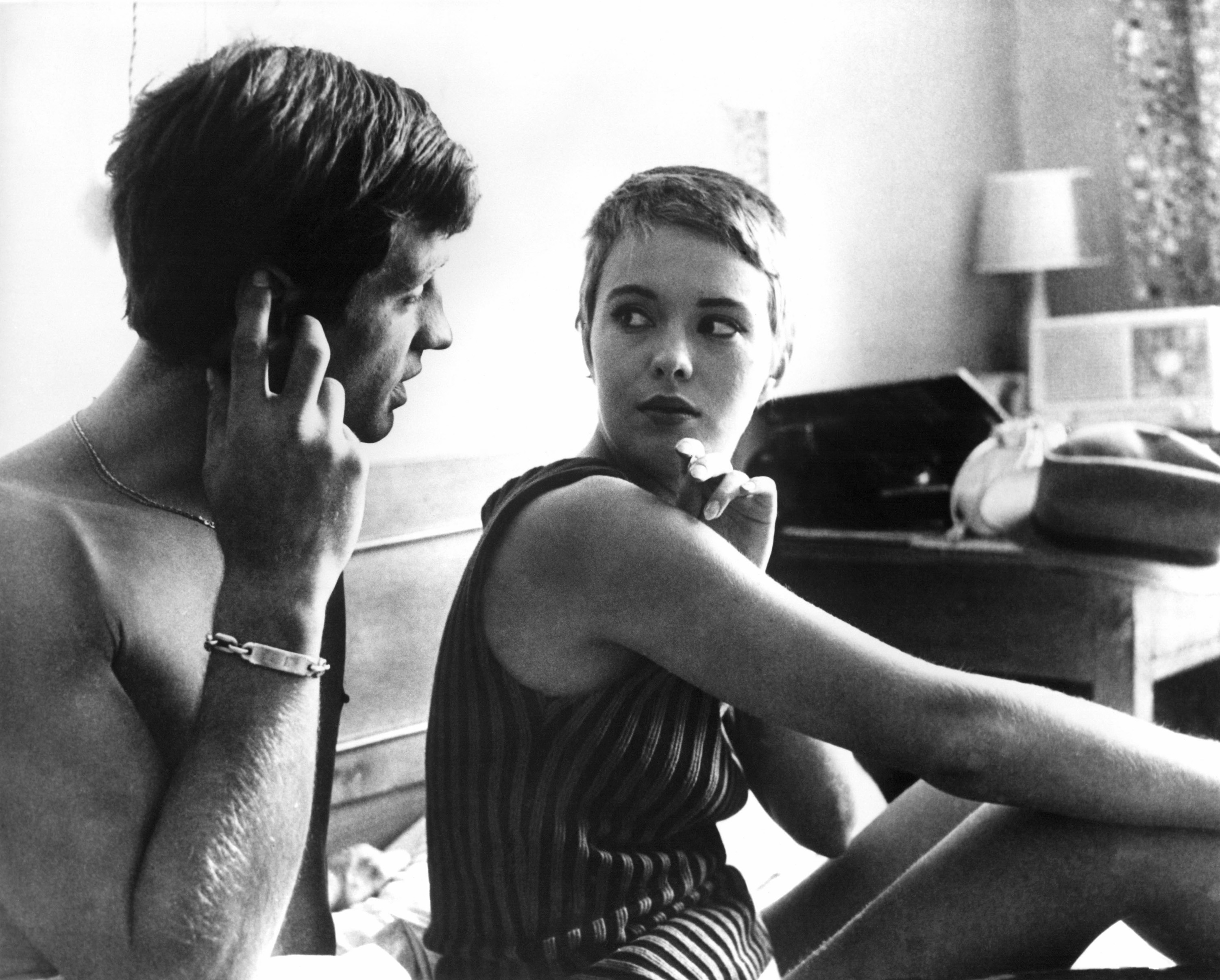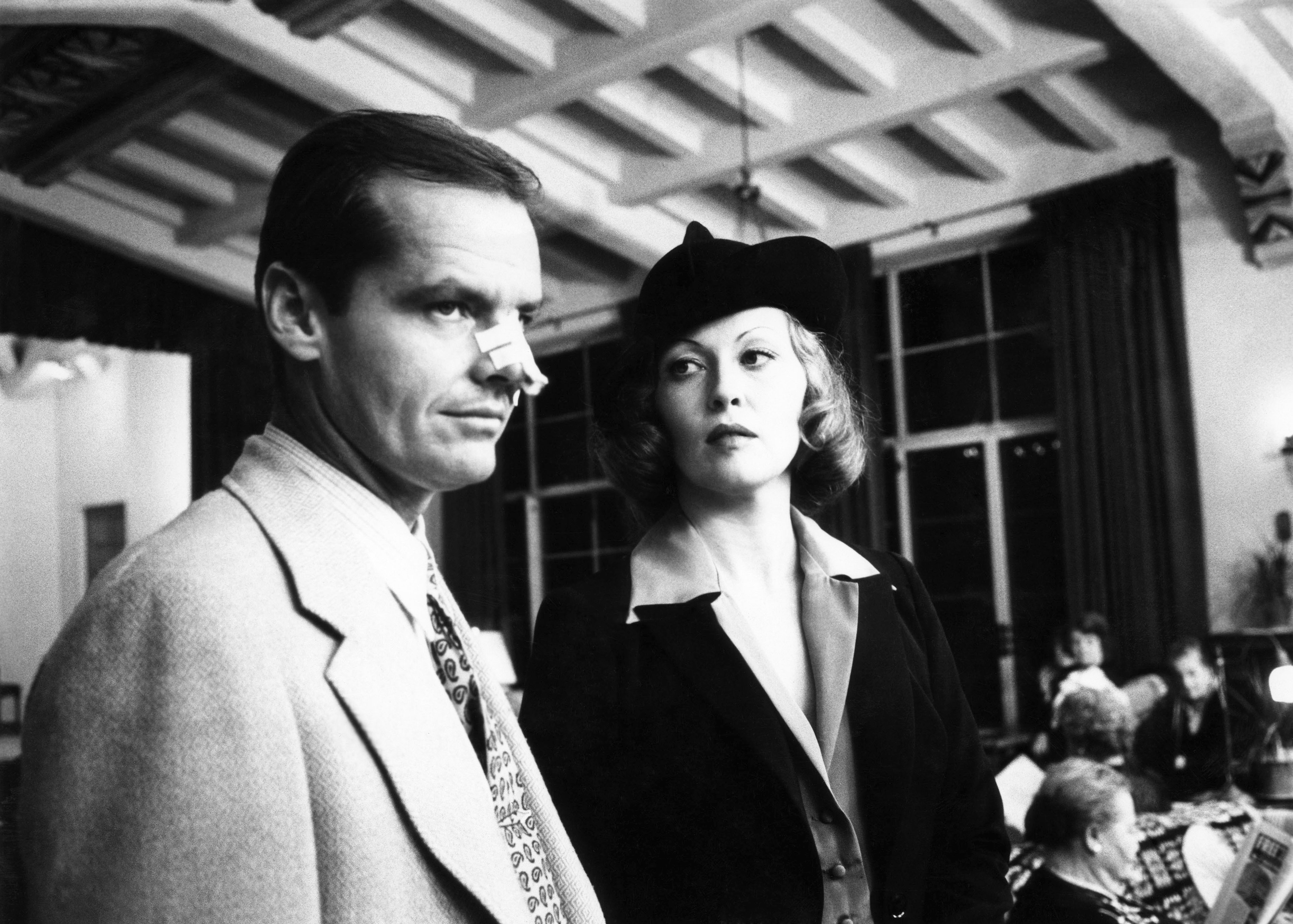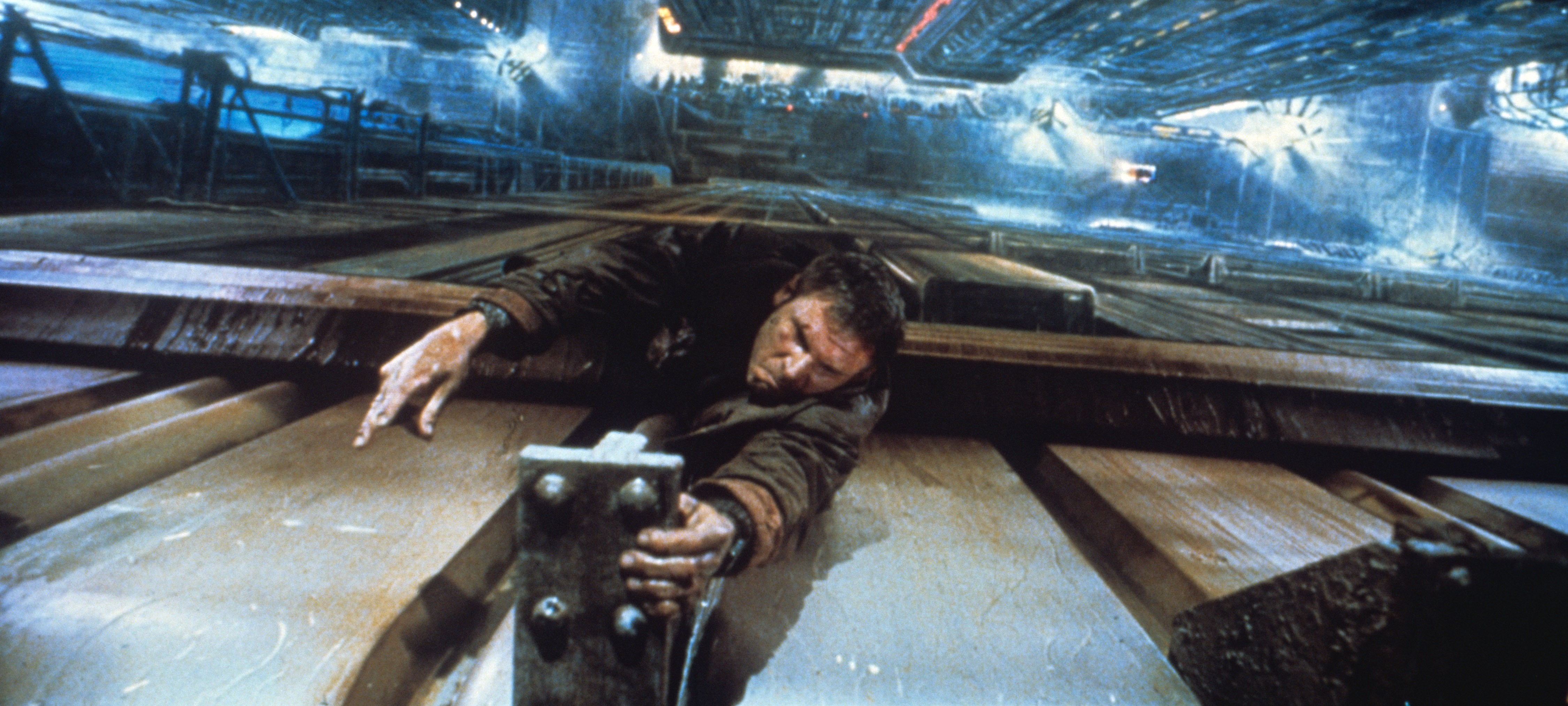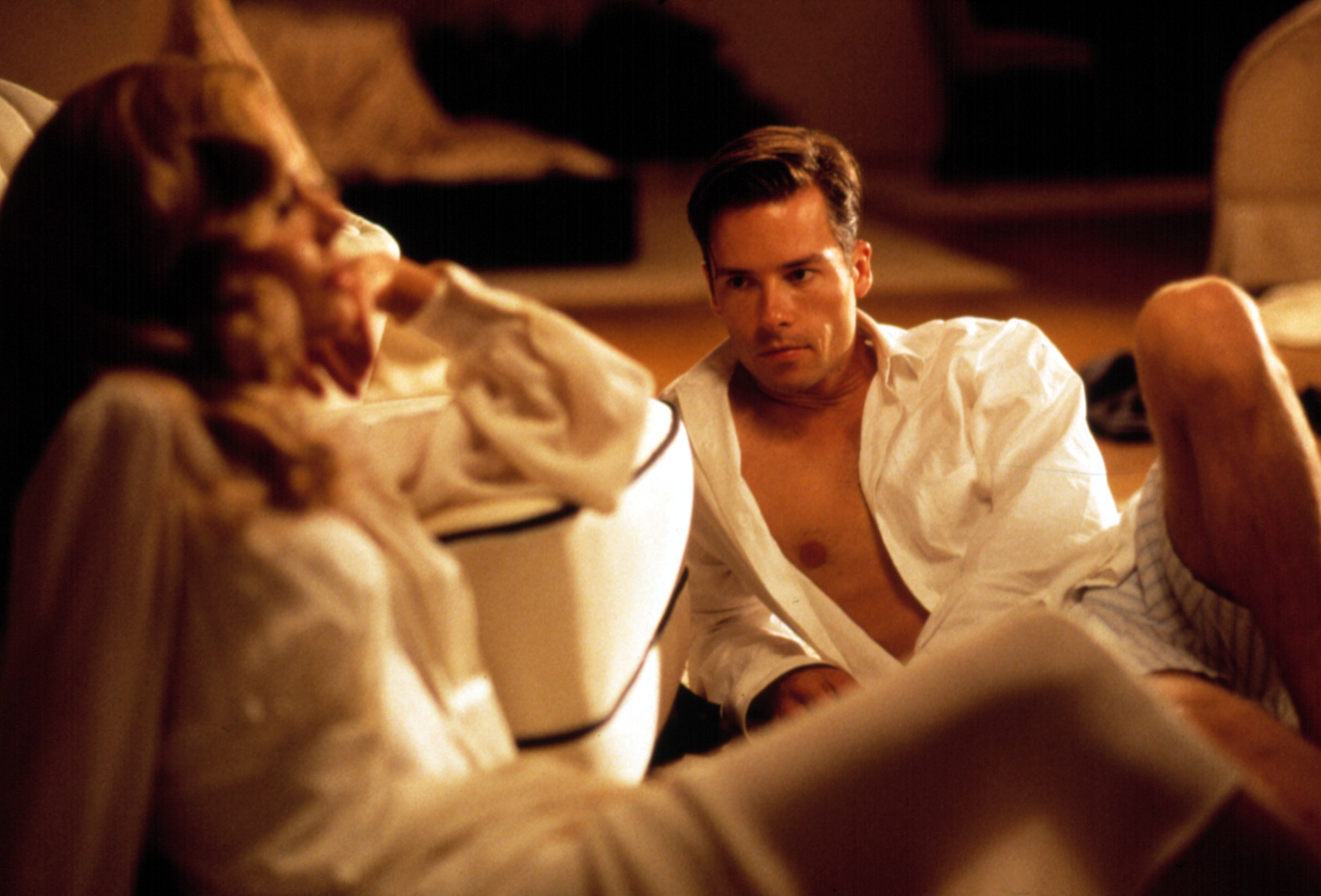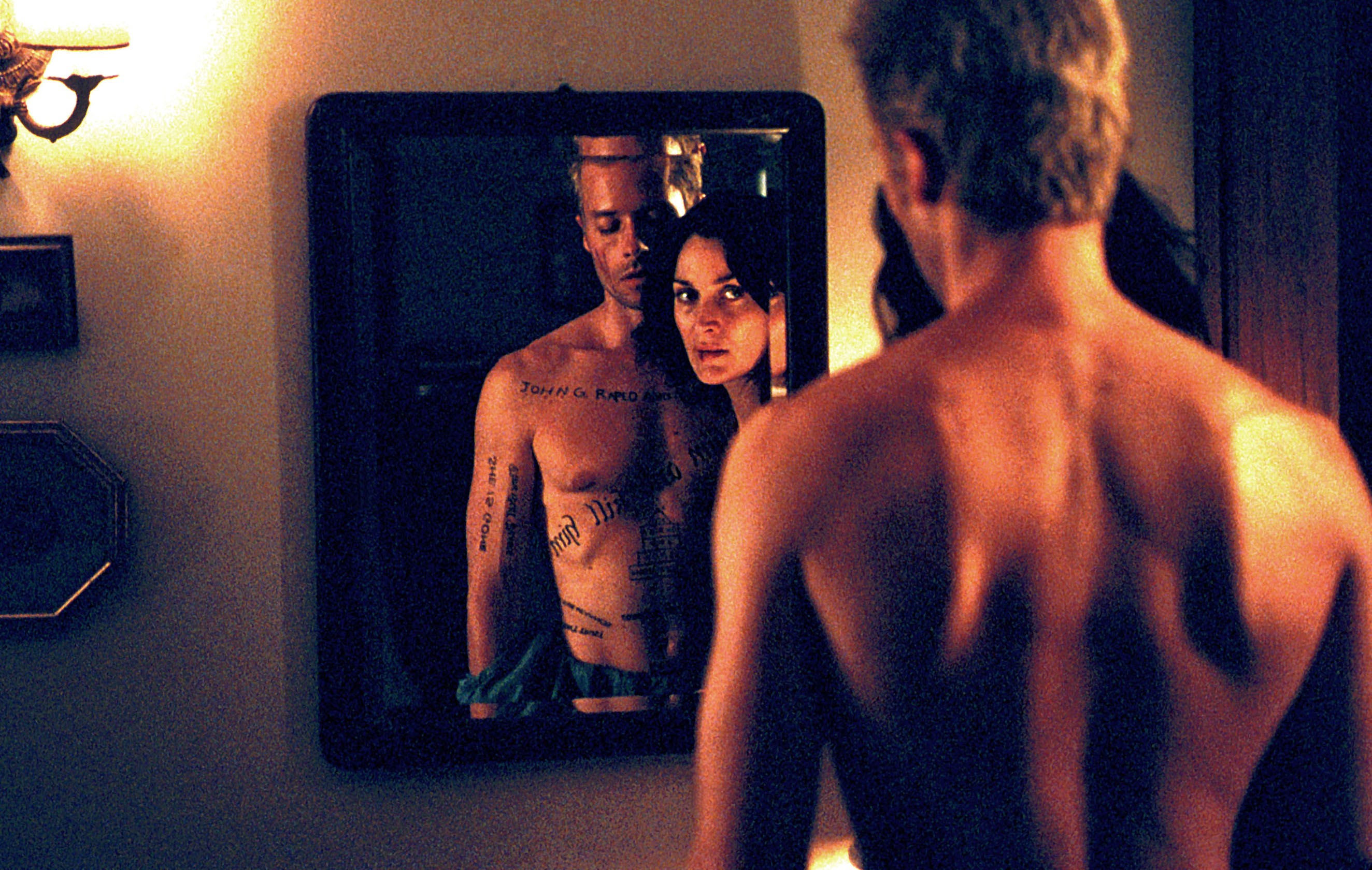Looper is already being touted by critics as one of the smartest films of 2012. While the sci-fi action flick starring Joseph Gordon-Levitt and Bruce Willis is set in the future, there's no denying its roots. Urban city, mafia dealings, a gun-toting hitman with a serious moral dilemma on his hands -- Looper is shaping up to be a film heavily inspired by the twists and turns of film noir over the years. From the silent era's gangster pictures came the somber crime dramas of noir's golden age in the 40s and 50s. The perpetual gloom and grit of city streets, a wily femme fatale and a misbegotten leading man become fixtures that defined the style, even after the advent of "neo-noir" in the 60s, which allowed for films that have not all, but enough, elements of classical noir. Ahead, a look at the films that have defined each decade of the genre.
1920s
Underworld 1927
One of the first movies of its kind, this silent film guided the gloomy romanticism of urban grit and the high crime dramas of gangsters well into the decades that followed. Underworld received an Oscar at the first Academy Awards in 1929 for best screenplay.
Related:
The Docks of New York (1928), The Racket (1928)
1930s
M 1931
With film noir rooted in German Expressionist cinema, it’s only fitting that M, shot and directed outside of Berlin, stands out as a forerunner for what film noir was to become in its heyday — tales of dirty city crime orbiting around an “anti-hero.”
Related:
I Am a Fugitive from a Chain Gang (1932), Scarface (1932), Fury (1936), You Only Live Once (1937), Angels with Dirty Faces (1938)
1940s
Double Indemnity 1944
If one were to try and understand classic film noir with one movie, Double Indemnity would be the ultimate go-to flick. With its devious femme fatale hell-bent on murder and money (in that order), and the shadowy, smooth-talking suit she drags down with her, this film set the standard for racy noir dramas to come.
Related:
Dressed to Kill (1941), The Maltese Falcon (1941), The Big Sleep (1946), Notorious (1946), The Third Man (1949)
1950s
Sunset Blvd. 1950
The broody cynicism of film noir reaches its crescendo in the Oscar-winning Sunset Blvd. Hollywood picks apart its own players in this ghoulishly executed social commentary on showbiz, narrated by a dead man.
Related:
Strangers on a Train (1951), The Big Heat (1953), Night of the Hunter (1955), Witness for the Prosecution (1957) , Touch of Evil (1958)
1960s
Breathless1960
With the arrival of the 60s came films like Godard’s Breathless that revolutionized the genre. This New Wave French film has all the crime-heavy moral apathy of classic noir, but it liberated itself and subsequent films from the rules, helping usher in the myriad films that would be filed under “neo noir.”
Related:
Underworld U.S.A. (1961), The Manchurian Candidate (1962), Shock Corridor (1963), The Killers (1964)
1970s
Chinatown 1974
Oscar winner for best original screenplay in 1974, Chinatown is neo-noir in full swing. Though miles away from its black-and-white predecessors, this film manages to retain the gloom of a steely city-scape while embracing color.
Related:
Klute (1971), Dog Day Afternoon (1975), Night Moves (1975), Taxi Driver (1976)
1980s
Blade Runner 1982
Sentient cyborgs and dystopian cities of the future may not be staples of classic film noir, but Blade Runner showcases the evolution of the neo noir style and its successful crossovers into genres like science fiction. Besides, moral dilemmas are generally the same in every gloomy metropolis, no matter which century.
Related: Brazil (1985), Body Heat (1981), Blood Simple (1984), The Kill Off (1989)
1990s
LA Confidential 1997
Proving that noir can be just as ominous in color, LA Confidential harkens back to the golden age of film noir in the 50s and stands as a modernized homage to the classic noir elements that dominated the era.
Related:
Miller’s Crossing (1990), The Usual Suspects (1995), Lost Highway (1996), The Big Lebowski (1998)
2000s
Memento 2000
This Academy Award-nominated neo-noir thriller is a churning muddle of anxiety and suspense, stretching the elements of a murder mystery in ways even the imagination struggles to keep up with.
Related:
Brick (2005), Kiss Kiss Bang Bang (2005), Before the Devil Knows You’re Dead (2007), Gone Baby Gone (2007)
2010s
Drive 2011
The essentials of film noir less obviously lent themselves to last year’s Drive. Putting aside its mysterious unnamed protagonist and tense crime scenes for the moment, the sparse dialogue alone invites comparisons to the silent noir films of the 20s.
Related:
The Ghost Writer (2010), Winter’s Bone (2010), Shutter Island (2010), Inception (2010)
